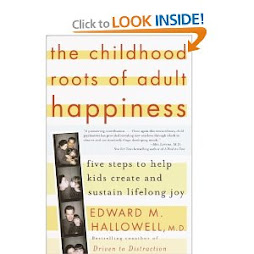Pretty
USA Today has an article about a series of German studies attempting to unravel the mystery of what 'beauty' is, why certain face and figure types are considered more attractive than others, as well as investigate the dangerous relationship between attractiveness and social power.
It's really nothing new that teen age boys couldn't already tell you but nevertheless still quite fascinating. And lest you feel bad for the first person you see labeled as 'unattractive female' or 'unattractive male', rest assured: the faces are composites derived from morphing software, based on numerous factors deemed 'attractive' or 'unattractive', not single individuals.
A few things I found interesting- the unattractive people didn't seem very unattractive to me. That is to say, I could see the difference between the attractive and unattractive faces, but the differences seemed very subtle and I would have thought that they would have picked more divergent examples. But perhaps that's the whole point--to see what subtle differences get voted as more and less attractive. I don't know about you, but I would be just fine having any of the figure types shown in the ratio examples.
The most alarming finding was about the social perception of attractiveness. Go read it and come back to tell me what strikes you as interesting.
P.S. The main site is in German but there is an English version of all the main pages so make sure to click on 'English version' in the upper right hand corner.






2 comments:
These articles were really interesting. They reminded me of a program I saw years ago on Discovery Health (or some channel like it) on the same topic. They presented Elizabeth Hurley as the epitome of human beauty because--in part--her face is perfectly balanced and symmetrical. Well....duh!
Just got around to exploring the website - very interesting! I'd heard about symmetry = beauty but hadn't seen face composites like they supplied. I didn't think that the "unattractive" faces were as dramatic or unattractive as I was expecting, though I did find them less attractive. I found the section on attractive figures interesting as well, especially the mention of societies where a feminist movement has taken place and where women are in the workplace, these societies value thinness more than societies where women stay home and are responsible for producing children and maintaining the home. I'd heard the economic theory of figure attractiveness before, but not considered it in the realm of mother v. working.
Post a Comment